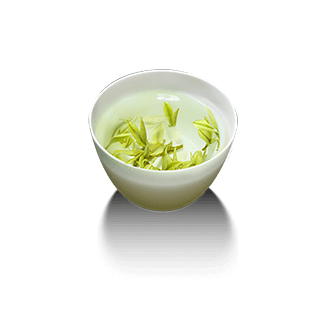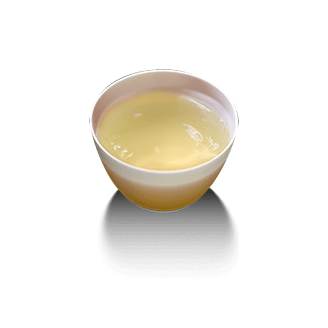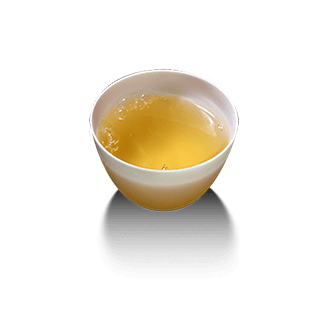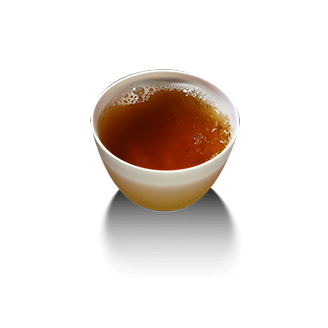
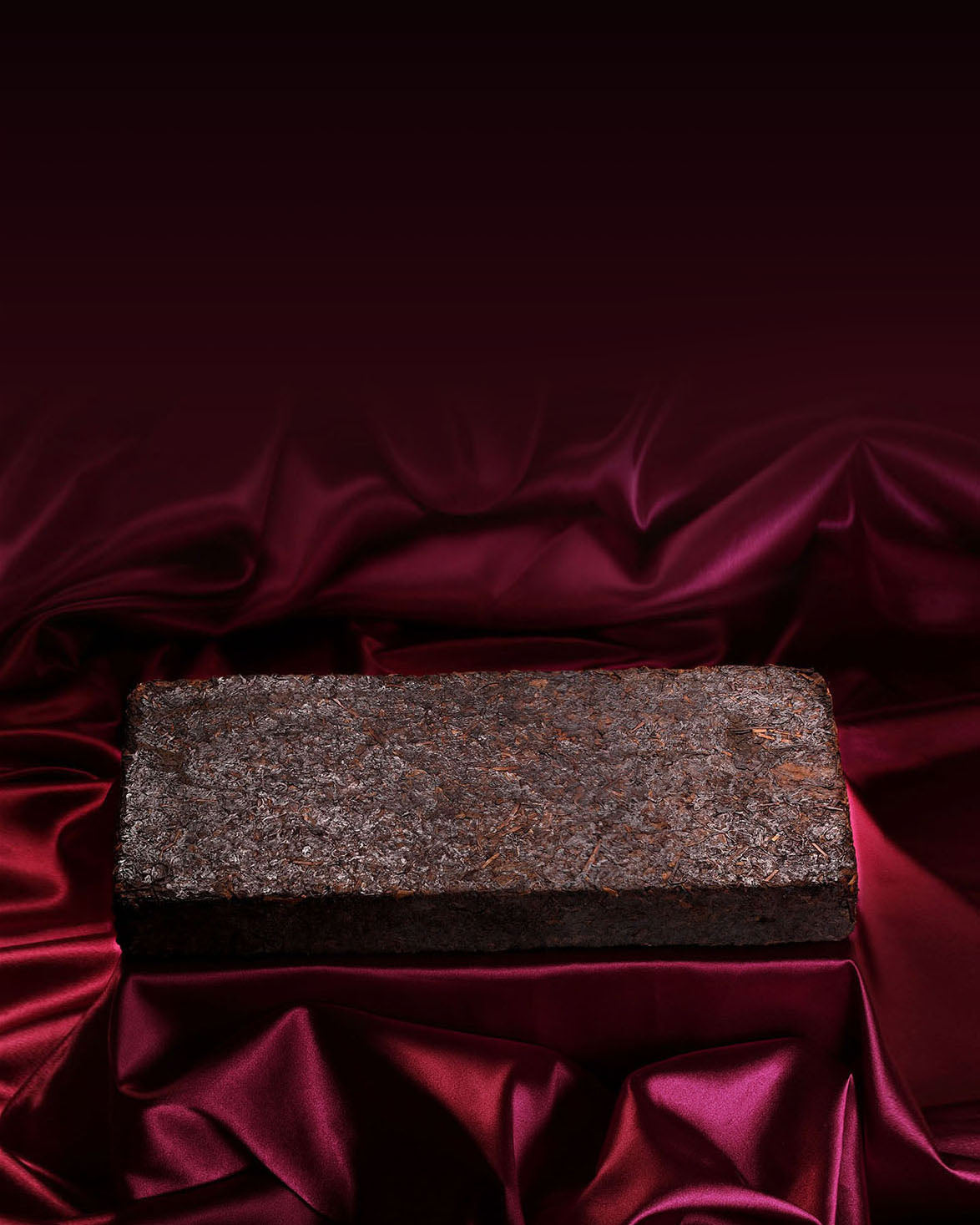


Tibetan Tea by Gan Yuxiang





Tibetan Tea by Gan Yuxiang
Tibetan Tea by Gan Yuxiang
Legendary Tale of Gan Yuxiang, the 11th Panchen Lama,
and Tibetan Tea
Legendary Tale of Gan Yuxiang, the 11th Panchen Lama,
and Tibetan Tea


A Cherished Anecdote: Gan Yuxiang, the Panchen Lama, and Tibetan Tea
Sichuan Ya'an is not only home to magnificent natural scenery but is also the birthplace of the unique Tibetan Tea (Zang Cha) culture. For thousands of years, Tibetan people led horse caravans to the Tibetan regions to conduct the 'Tea-Horse Trade' (茶马互市), a testament to that prosperous history.
Tibetan Tea is steeped in a mysterious legend. It is said that a Tibetan King (藏王, Zàng Wáng) once encountered a mythical bird carrying a branch in its beak. After chewing the leaves, his physical ailments were greatly relieved.
A poem reads: "The Dharma is boundless. I was once the King of the Snow Domain (雪域); today, I stroll the great mountains of Ya'an, watching the tea-picking maidens..." This verse seems to transport us back to that ancient and mysterious era.
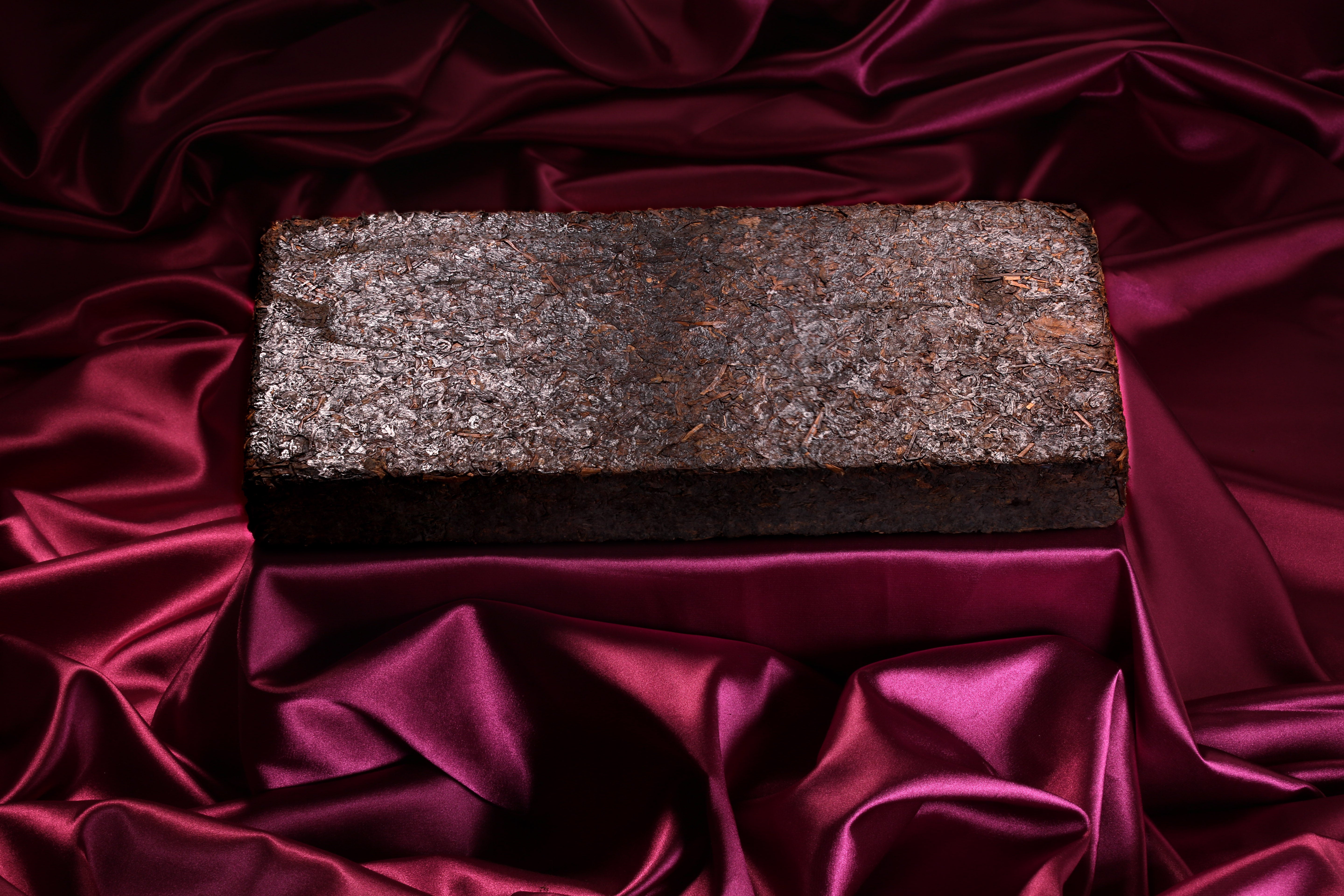
Gan Yuxiang is the ICH Inheritor for Tibetan Tea (Zang Cha), specifically Nanlu Biancha (Southern Route Border Tea).
Family Inheritance and Innovation
Gan Yuxiang was born into a family of Tibetan Tea makers, with a family history in tea crafting that can be traced back over 300 years. He began learning the production techniques of Nanlu Biancha from his father and elders at the age of 12. He has systematically inherited and innovated the craftsmanship of Tibetan Tea.
Master Gan showed us the production process and its many steps. He introduced to us, "Tibetan Tea is the treasure of our Ya'an. Due to the dietary structure in Tibetan regions, Tibetan Tea is an indispensable drink in the daily lives of the Tibetan people. It is hailed as the 'Tea of Life'."
Afterward, Gan Yuxiang proudly showed us the personal signature (autograph) of the 11th Panchen Lama.

That was in 2005, when the 11th Panchen Lama (Erdini) visited Gan Yuxiang's Tibetan Tea workshop. After Gan Yuxiang presented the Tibetan Tea he had personally crafted, the Panchen Lama savored it, deeply immersed, and praised it unceasingly. He extolled the tea liquor as "bright red, like amber," and its aroma as "rich and mellow." He then held up a tea brick with both hands, exclaiming, "What a wonderful aroma!"
Master Gan crafted a commemorative tea brick and presented it as a gift to the Panchen Lama.In return, the 11th Panchen Lama bestowed upon him several gifts: a pure white Hada (ceremonial scarf), a Vajra Knot symbolizing auspiciousness, a photograph from his enthronement ceremony, and his personal autograph.

The 'Tea-Horse Trade' (茶马互市), spanning a thousand years, holds countless stories of human vicissitudes—of joys and sorrows, separations and reunions.While savoring Tibetan Tea (Zang Cha), it is as if the old folk song is still being sung:"Ya'an tea, beloved by Tibetan homes, A thousand years of heritage, a love unchanged. On the Southern Route Border, its fragrance drifts, The Tea-Horse Ancient Road, a charm that lingers long..."
Tibetan Tea by Gan Yuxiang (ICH Inheritor)
2005 Tribute Tea for the 11th Panchen Lama
Appreciation
Tibetan Tea by Gan Yuxiang (ICH Inheritor)
2005 Tribute Tea for the 11th Panchen Lama
Appreciation

Sichuan Ya'an Tibetan Tea (Zang Cha) by ICH Inheritor Gan Yuxiang: The 2005 Tribute Tea for the 11th Panchen Lama
This is a rare Dark Tea (Hei Cha) treasure that integrates traditional skill, historical significance, and exceptional drinking value. The following is an analysis from four perspectives: Craftsmanship, Historical Context, Tasting Notes, and Cultural Value.
I. Craftsmanship: A Contemporary Presentation of ICH Skills
The Craft of ICH Inheritor Gan Yuxiang:
- Material Selection: Gan Yuxiang insists on harvesting mature leaves (one bud with three to five leaves) from high mountains above 1,000 meters. This ensures a rich content of tea polyphenols and tea polysaccharides, which are then processed using expert fermentation and compression techniques.
- Form: As a commemorative item, the 2005 Tribute Tea was made in the Kang Brick (康砖) shape, a form that adheres to the traditional drinking habits of Tibetan regions.
ICH Recognition and Cultural Symbol:
The craft of Tibetan Tea is a key component of the "Traditional Tea Processing Techniques and Associated Social Practices in China," which is inscribed on the UNESCO Representative List of the Intangible Cultural Heritage of Humanity. As a national-level inheritor, Gan Yuxiang's work is not merely a gustatory pleasure but a vessel for living culture.
II. Historical Context: A Witness to Han-Tibetan Amity
The Panchen Lama's Visit and Endorsement:
In June 2005, the 11th Panchen Lama, Erdini Qoigyijabu, visited and tasted the Tibetan Tea, praising it highly and graciously writing an inscription. This visit highlighted the special status of Tibetan Tea as a "bond of ethnic unity," and the tribute tea specially crafted by Gan Yuxiang became a tangible testament to Han-Tibetan cultural exchange.
The Historical Mission of Tibetan Tea:
Since the Tang Dynasty, Ya'an Tibetan Tea has been a core commodity of the 'Tea-Horse Ancient Road' (茶马古道). It was supplied exclusively to Tibetan regions to cut the grease of meat-heavy diets and supplement vitamins. Historically, it served as both an imperial "Reward Tea" (赏赐茶) and a "Border-Sale Tea" (边销茶), maintaining the economic and cultural links between the central plains and the frontiers. The 2005 Tribute Tea continues this tradition, carrying historical memory while embodying the new era's spirit of ethnic unity.
III. Tasting Notes: The Flavor of 20 Years of Ageing
Appearance and Aroma
- Dry Leaf: After 20 years of natural ageing, the brick surface is a dark, brownish-black with a rich, oily sheen. The compressed leaves are tight, with occasional golden stems (a traditional feature of Tibetan Tea).
- Aroma: A deep aged aroma (Chen Xiang) predominates, mingled with woody notes, a distinct medicinal fragrance, and a faint sweetness. It is clean, with no off-odors.
Liquor and Flavor
- Liquor: Upon brewing, the tea liquor is a clear and translucent amber-red to deep wine-red, free of turbidity. As infusions continue, the color transitions to a bright orange-yellow.
- Mouthfeel: The texture is mellow and smooth. The initial astringency has been completely transformed by ageing, replaced by a sweet, moistening, and soft quality. The flavor is complex and layered : it opens with a slight caramel sweetness, followed by emerging woody and aged notes. The finish has a persistent sweet aftertaste and a noticeable cooling sensation in the throat.
Durability and Ageing Potential:
This 2005 Tribute Tea is highly durable, enduring 15-20 infusions. Its potential for further ageing is significant. With continued storage, the liquor will become even more mellow, the aroma more complex, and its health benefits (such as aiding digestion) will increase.
IV. Cultural Value: A Spiritual Symbol Beyond a Beverage
The 2005 Tribute Tea stands as an early representative work of Gan Yuxiang, notably endorsed by the Panchen Lama himself.
Conclusion:
The 2005 Tribute Tea for the 11th Panchen Lama is not just a Dark Tea with an outstanding taste; it is a concentration of Tibetan Tea's thousand-year history, ICH craftsmanship, and Han-Tibetan amity. Its tasting value lies not only in the mellow richness of the liquor but in the palpable sense of precipitated time and cultural warmth in every sip. For tea lovers, drinking this tea is both a tribute to traditional craftsmanship and a unique experience of engaging in a dialogue with history.
Tibetan Tea by Gan Yuxiang (ICH Inheritor)
2005 Tribute Tea for the 11th Panchen Lama
Brew
Tibetan Tea by Gan Yuxiang (ICH Inheritor)
2005 Tribute Tea for the 11th Panchen Lama
Brew
Preliminary preparations: brick cutting and tools
Tools for breaking up brick tea: Use a tea needle (fine tip) or tea knife to insert into the edge gap of the brick tea (avoid the dense core of the brick) and gently pry it into 3-5g pieces (avoid crushed pieces to prevent the tea soup from becoming cloudy during brewing). Take 5-8g of tea at a time (based on the capacity of a 150-200ml vessel).
Water and temperature: Use purified water with a TDS of 50-100mg/L (avoid mineral water), and it must be boiling water at 100℃ (high temperature is required to penetrate the tightly packed tea blocks and release the deep aged aroma).
Gaiwan brewing
Awakening and moistening the tea: Place the broken tea pieces in the gaiwan, pour boiling water from a height (the water flow should be 8-10cm from the rim of the gaiwan), fill the bowl, immediately cover and steep for 10 seconds, then quickly drain (moistening the tea once is sufficient to avoid losing its aged aroma). The water used to moisten the tea can be used to rinse the teacups for a second time to warm them.
Bubble control:
1-3 infusions: Pour boiling water along the side of the teapot from a high position, steep for 8-10 seconds and then pour out the tea (to awaken the inner qualities, release the surface aroma, and make the tea soup orange-red and clear).
4-8 infusions: Pour boiling water in a circular motion (to evenly moisten the tea pieces), steep for 12-15 seconds and then pour out the tea (the aroma and flavor of aged tea blend together, the tea soup is thick and smooth, and the aftertaste is distinct).
9. After each infusion: extend the steeping time by 3-5 seconds (the final infusion will still retain its sweetness and aroma). Throughout the process, the tea should be drained quickly (tilt the gaiwan at a 15° angle and pour it out within 10 seconds to prevent it from becoming bitter due to prolonged steeping).
Brewing method (highlights richness, suitable for experienced tea drinkers)
Suitable for use when the tea block still has a lingering flavor after 5-6 infusions, or when you want to enhance the "thick and smooth soup texture".
Steps: Place 5g of tea blocks in a 300ml earthenware teapot, add 100℃ boiling water until full, bring to a boil over high heat, then reduce to low heat and simmer for 1-2 minutes (turn off the heat when the tea soup turns a deep orange-red color; avoid vigorous boiling for too long). Filter and drink while hot (can be boiled twice, shortening the second boil to 30 seconds).
Tips for drinking
Drink within 1 minute of pouring the soup (the aroma of aged jujube is strongest when hot, and a slight astringency may be noticeable when it cools down).
First, smell the aroma of the lid (mainly aged aroma with a hint of jujube sweetness), then taste the texture of the tea (focus on the "smoothness in the throat" - this tribute tea has no dryness after aging and has a noticeable sweet aftertaste after swallowing).
Storage
Storage

Storage principles for 20 -year-old Tibetan tea
Temperature and humidity: Temperature 18-25℃ (fluctuation not exceeding ±5℃), relative humidity 60%-70% (In the south, moisture protection is required; unscented silica gel desiccant can be placed; in the north, dryness protection is required; a shallow dish of water can be placed next to the storage container to prevent the tea brick from drying out and cracking).
Breathability and sealing : Avoid complete sealing (it will stifle the aroma), and allow slight ventilation (to allow the tea to breathe slowly and continue aging); however, avoid excessive ventilation (to prevent the aroma from being lost).
Avoid light and prevent cross-contamination of odors: Keep away from direct sunlight (ultraviolet rays will destroy the aged aroma substances) and isolate odor sources (kitchen fumes, spices, cosmetics, etc., this Gong Cha has a strong absorption capacity and once the odor is cross-contaminated, it is irreversible).
Containers and Operations
Container selection: Zisha (purple clay) or coarse pottery jars (with lids, leaving a 1-2mm gap at the lid opening).
Operation details:
Before storing, check the tea bricks: ensure they are not moldy (if there is a slight "storage smell", spread the tea bricks out in a cool, ventilated place to dry for 1-2 hours before packing them into cans);
Chenhua Recommendation
This 2005 tribute tea has entered a "stable aging period". If you wish to continue aging, you can maintain the above storage conditions without any special adjustments.
If the main purpose is to "enjoy it immediately", it is recommended to store it in small pieces (take out 1-2 pieces each time, and quickly put the remaining tea pieces back in place to reduce the time they are exposed to air) to preserve its aged aroma and mellow taste to the greatest extent.






